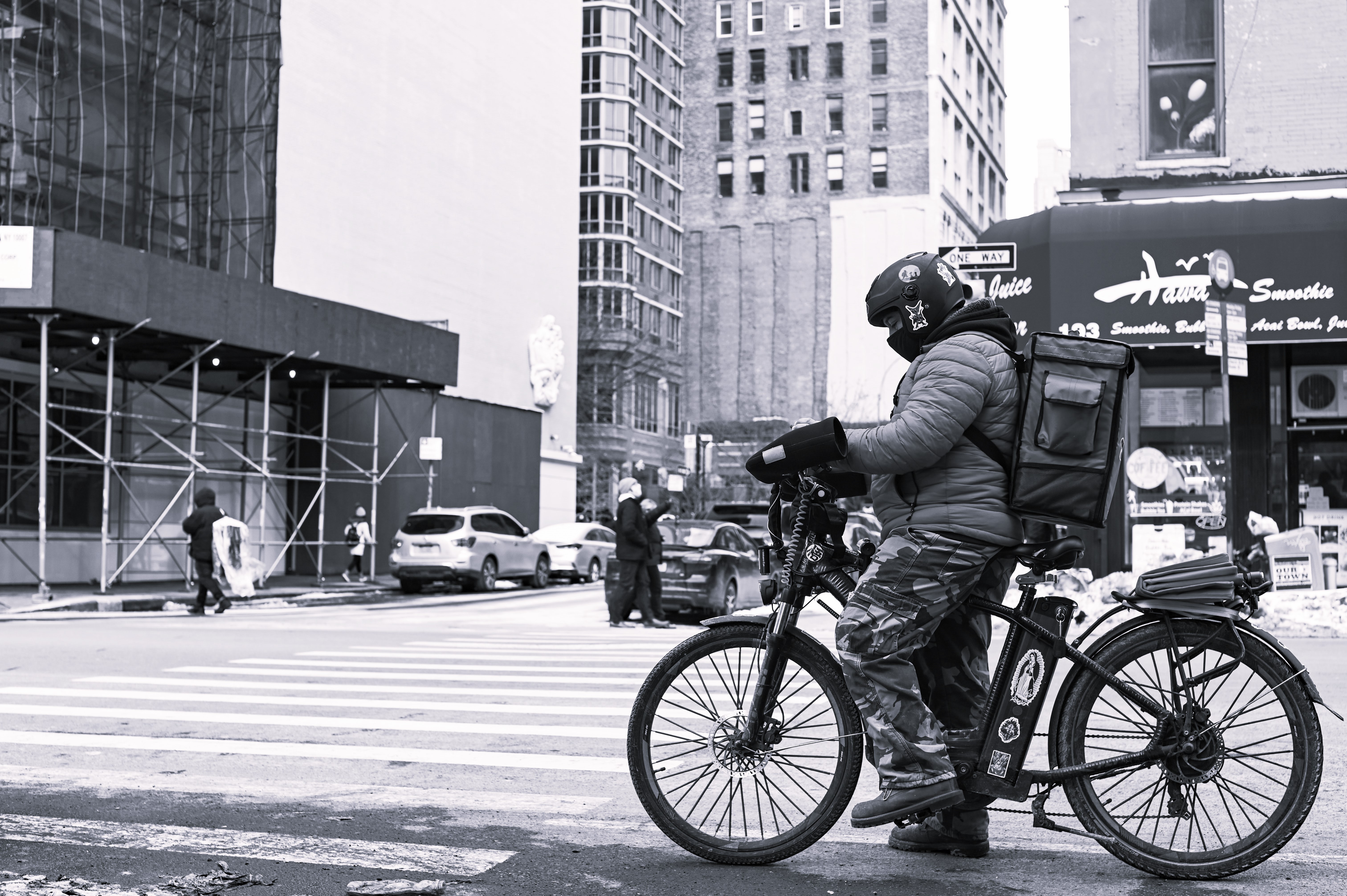

Climate Action Plan Sectors
The Plan is organized into these key sectors.
Recent Achievements
 Building Operations
Building Operations
Natural Gas Ban in New Construction (BO 1-1)
Enacted the All-Electric New Construction ordinance that went into effect in 2021 to require newly constructed buildings to be energy efficient and all-electric with no on-site carbon emissions. The ordinance is implemented by SF Department of Building Inspections (DBI).
 Transportation and Land Use
Transportation and Land Use
Advance the use of ZEVs, e-bikes, and other low-carbon modes for door-to-door goods and meal delivery services (TLU 7-5)
A state-funded e-bike pilot program was launched, recruiting and training 30 participants to evaluate the benefits and challenges of using e-bikes for delivery.
 Responsible Production & Consumption
Responsible Production & Consumption
Facilitate inclusive and networked neighborhood-scale projects that reduce production and consumption of goods (RPC 3-3)
In collaboration with the San Francisco Public Library, SCRAP, and Bike Mobile, San Francisco Environment Department hosted four fixit clinics, providing bike and clothing repair services to residents in the Civic Center, Bayview, Ingleside, and North Beach neighborhoods.
Implementation Snapshot
The SF Climate Action Plan describes the actions the City and community can take together to tackle the climate crisis. These charts provide an overview of the progress made towards implementation.
Latest Indicators
An at-a-glance overview of the City's progress toward meeting the Climate Action Plan's goals.
Energy Supply
Building Operations







